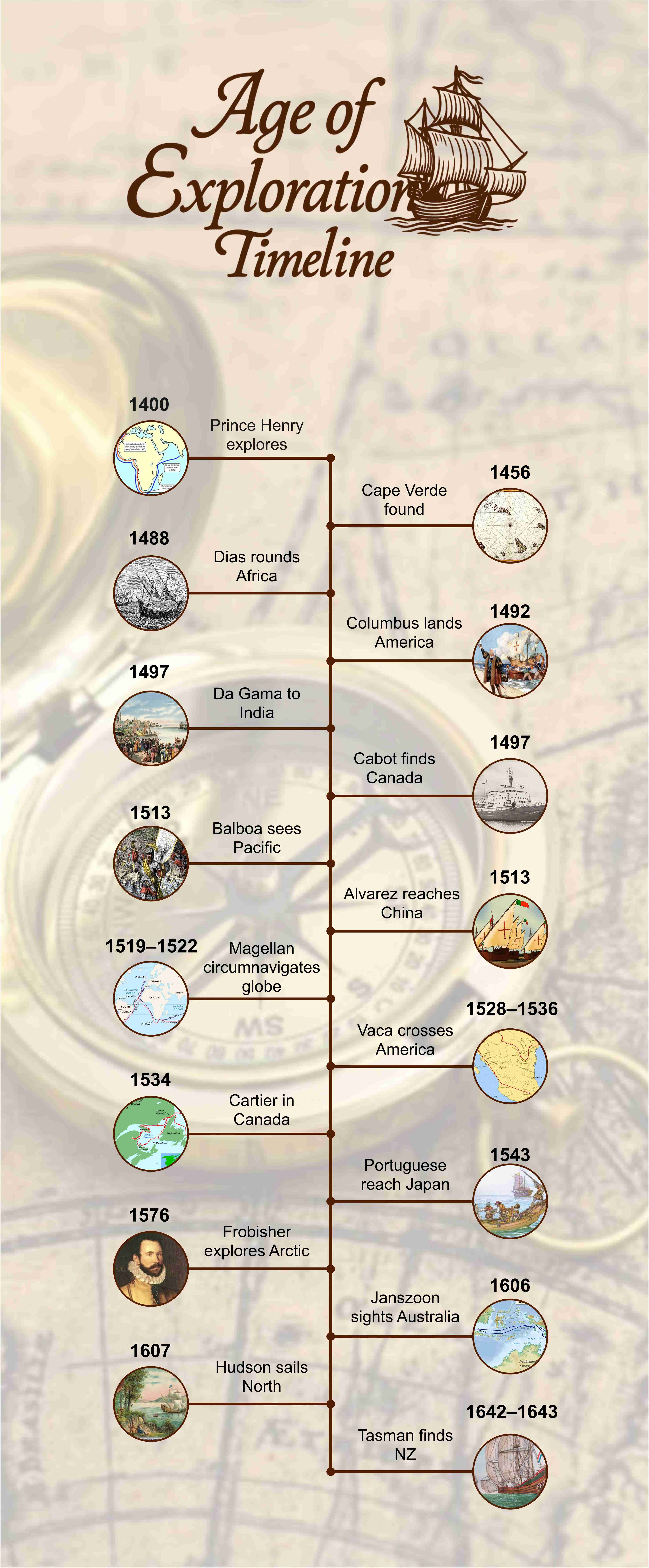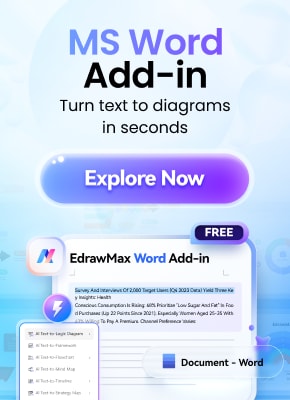In the 1400s, people in Europe were full of questions. What was out there beyond the seas? They had heard stories of Africa’s gold, India’s spices, and strange lands far away. But no one had maps. No one had proof. That’s when the Age of Exploration began. Prince Henry of Portugal, called “The Navigator,” helped lead the way. He sponsored trips along Africa’s coast. Step by step, explorers sailed into unknown waters.
In just 150 years, they reached Africa, Asia, the Americas, and even Australia. New trade routes opened. People and cultures met and mixed. Empires grew, but so did problems like wars and slavery. This timeline tells the story of those journeys and how they changed the world forever.
In this article
The Age of Exploration Timeline
The Age of Exploration, also called the Age of Discovery, began in the 1400s and lasted into the 1600s. European sailors set out into unknown seas. They searched for gold, spices, new lands, and trade routes. Curiosity and adventure led the way.
New ships, maps, and tools helped them travel farther than ever. Explorers reached lands no one from Europe had ever seen. Let’s explore the exciting journeys and discoveries that changed the world forever.
1400: Prince Henry Starts Exploring Africa
Prince Henry of Portugal had a strong vision. He wanted to discover more about Africa and open new routes. He believed trade and wealth lay beyond familiar waters. Henry himself did not sail. Instead, he trained sailors, mapmakers, and navigators. He created a center for knowledge and innovation.
With his support, explorers pushed farther along the African coast. Each trip built on the last. Slowly, Europe expanded its understanding of the wider world. Henry’s vision laid the foundation for future voyages.
1456: The Portuguese Find Cape Verde
In 1456, Portuguese sailors discovered Cape Verde off Africa’s coast. The islands were uninhabited. They became an ideal stop for ships sailing the Atlantic. Sailors could rest, resupply, and prepare for longer voyages. This location gave Portugal a strong advantage.
Over time, Cape Verde became more than a stop. It turned into a center for trade. Sadly, it also became tied to the slave trade. What began as a simple discovery grew into an important base of power.
1488: Dias Rounds the Tip of Africa
Bartolomeu Dias made history in 1488. He sailed farther south than anyone before him. Fierce storms battered his ship. His crew wanted to turn back. But he pushed on. Eventually, he rounded Africa’s southern tip.
This was the Cape of Good Hope. For the first time, Europeans proved the Atlantic was linked to the Indian Ocean. It meant that sailing to Asia by sea was possible. Dias did not reach India, but he showed the path forward.
1492: Columbus Discovers America
Christopher Columbus set sail in 1492. He wanted to reach Asia by sailing west. His ships crossed the Atlantic for weeks. The crew grew restless and afraid. Then, land was finally sighted. Columbus believed he had reached the Indies.
Instead, he had reached the Caribbean. He did not know it was a new continent. His mistake changed history. The discovery opened the way for Europe to explore and colonize the Americas. The world would never be the same again.
1497: Vasco da Gama Reaches India
Vasco da Gama set out in 1497. He followed the route around Africa that Dias had proven possible. His ships crossed unknown waters and faced many challenges. Still, they pressed forward. At last, they reached the coast of India.
This voyage was a turning point. It linked Europe and Asia by sea. The Portuguese now had direct access to valuable spices and goods. Da Gama’s journey transformed trade. It marked the beginning of a global trading empire.
1497: John Cabot Finds Canada
In 1497, John Cabot sailed from England. He hoped to find a faster route to Asia across the Atlantic. Instead, he reached the coast of North America. He landed in what is now Canada. He thought it was part of Asia.
Cabot’s journey gave England its first claim to the New World. Though he did not find Asia, his discovery was important. It opened the way for later English exploration and settlement in North America.
1513: Balboa Sees the Pacific Ocean
In 1513, Vasco Núñez de Balboa crossed the Isthmus of Panama. He led his men through dangerous jungles and mountains. After a long struggle, they reached the other side. There, he became the first European to see the Pacific Ocean.
The discovery was huge. Until then, no one in Europe knew what lay beyond the Americas. Balboa’s journey proved another ocean existed. It changed maps forever. It also opened new opportunities for exploration and conquest.
1513: Jorge Alvarez Reaches China
The Portuguese sailor Jorge Alvarez reached China in 1513. His ship sailed to the Pearl River Delta. This was Europe’s first recorded contact with China by sea. The moment was historic. It connected two ancient civilizations.
The Portuguese saw great trade opportunities. Silk, porcelain, and spices drew them in. For China, the encounter was cautious but significant. Alvarez’s voyage marked the beginning of direct maritime contact between Europe and East Asia. Trade and cultural exchanges would follow.
1519 - 1522: Magellan’s Ship Sails Around the World
Ferdinand Magellan led an expedition in 1519. His goal was to reach Asia by sailing west. The voyage was long and harsh. They crossed the Atlantic, then found a narrow passage at South America’s tip. That strait still carries his name.
Magellan himself died in the Philippines. But one of his ships continued. In 1522, it returned to Spain. It had sailed all the way around the globe. This was the first circumnavigation of Earth. It proved the world was round and connected.
1528 - 1536: Cabeza de Vaca Walks Across North America
In 1528, Álvar Núñez Cabeza de Vaca survived a shipwreck off Florida. He and a few companions were stranded. They wandered for years across North America. They faced hunger, illness, and hardship. Along the way, they met many Indigenous groups.
After eight years, Cabeza de Vaca finally reached Spanish territory in Mexico. His survival story amazed people in Europe. His journey gave rare insight into Native American life. It showed the harsh reality of exploration and survival.
1534: Jacques Cartier Explores Canada
In 1534, Jacques Cartier set out from France. He wanted to find a northwest passage to Asia. Instead, he reached the coast of Canada. He explored the Gulf of St. Lawrence and met local Indigenous peoples.
Cartier claimed the land for France. His reports brought attention to the region. Though he did not find a passage, his journeys gave France its first foothold in North America. His voyages opened the way for later colonization.
1543: Portuguese Sailors Accidentally Reach Japan
In 1543, Portuguese sailors were blown off course. Their ship drifted and landed in Japan. It was Europe’s first direct contact with the Japanese islands. The encounter surprised both sides.
The Japanese were curious about European weapons and goods. The Portuguese saw opportunities for trade. This meeting began a new period of cultural exchange. It introduced firearms to Japan and created trade links. An accidental landing changed history for both regions.
1576: Martin Frobisher Searches the Arctic
In 1576, Martin Frobisher sailed from England. He searched for a northwest passage to Asia. Instead, he reached the cold and icy waters of the Canadian Arctic. The conditions were harsh. Ice and storms made travel dangerous.
Though he did not find a passage, he believed he discovered valuable minerals. His finds later proved worthless. Still, his voyages showed Europe’s growing determination. Explorers would keep searching for a route through the Arctic.
1606: Willem Janszoon Sees Australia
In 1606, Willem Janszoon sailed from the Netherlands. He explored waters near New Guinea. During his voyage, he sighted the coast of Australia. He became the first known European to land there.
He thought the land was part of New Guinea. He did not realize it was a new continent. Later explorers confirmed its size and importance. Janszoon’s discovery marked the beginning of Europe’s contact with Australia.
1607: Henry Hudson Explores the North
In 1607, Henry Hudson set out from England. He wanted to find a northern route to Asia. He sailed into icy waters near Greenland and Norway. His ships faced dangerous conditions. Still, he kept searching.
Though he did not find a passage, he gained valuable knowledge. His later voyages led him to North America. Hudson’s name remains on the river and bay he explored. His journeys inspired future exploration of northern waters.
1642 - 1643: Abel Tasman Finds Tasmania and New Zealand
In 1642, Abel Tasman sailed from the Netherlands. He explored the southern oceans, seeking new lands. He reached the island now called Tasmania. He then sailed farther and sighted New Zealand. These were major discoveries.
Tasman did not settle or explore deeply. But his journeys proved large lands existed far from Europe. They expanded European maps and knowledge of the Pacific. His name lives on in Tasmania. His voyages marked a new stage in exploration.
How to Make the Age of Exploration Timeline in EdrawMax?
The Age of Exploration can be confusing with so many dates and events. But did you know creating its timeline is easy? EdrawMax, a helpful timeline maker, offers simple customization options and smart AI tools to make clear and visually appealing timelines.
Here’s how you can create your own Age of Exploration timeline using EdrawMax:
Step1Start With a Blank Canvas
- Open EdrawMax on your computer.
- Log in or create a new account if you don’t already have one.
- Click New on the left-side panel and select Blank Drawing to begin with a fresh canvas.
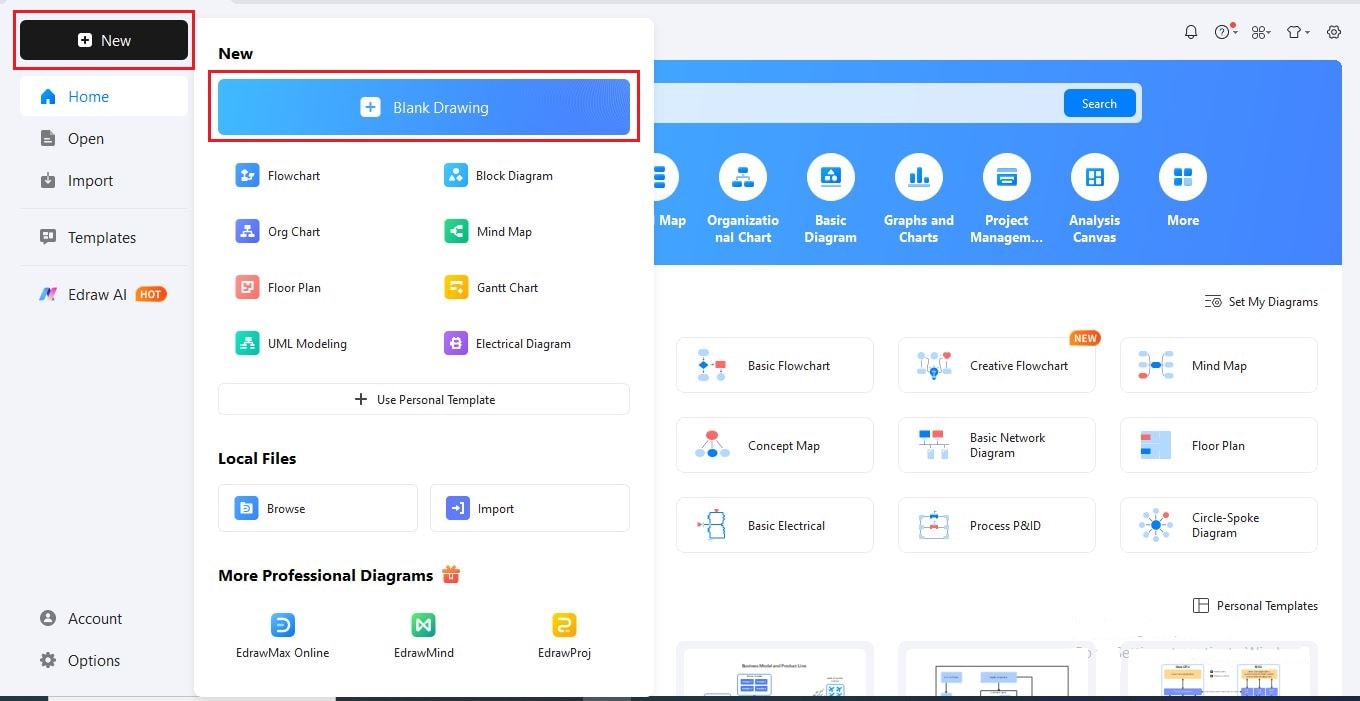
Step2Add a Background Image
- Go to the top toolbar and click Insert, then choose Picture.
- Select Local Pictures and upload an image that will serve as the background for your timeline.
- To adjust the image’s brightness, contrast, or transparency, click on the inserted picture.
- From the customization panel, select Adjust to refine the background.
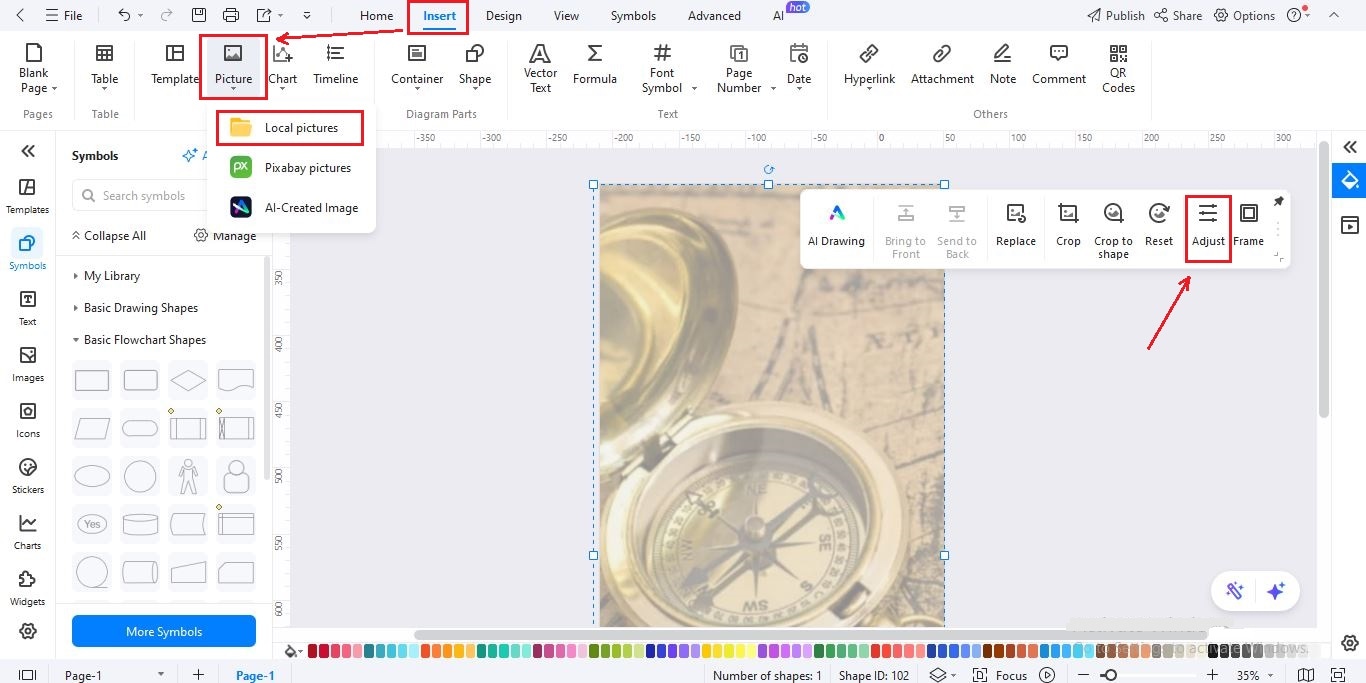
Step3Add a Heading to the Timeline
- Add a heading that represents the Age of Exploration Timeline. You can either use a text box or insert a designed image.
- For an image heading, follow: Insert > Picture > Local Pictures and select your desired file.
- Optionally, add a symbol or icon (e.g., compass, ship wheel, or globe) to enhance the heading design.
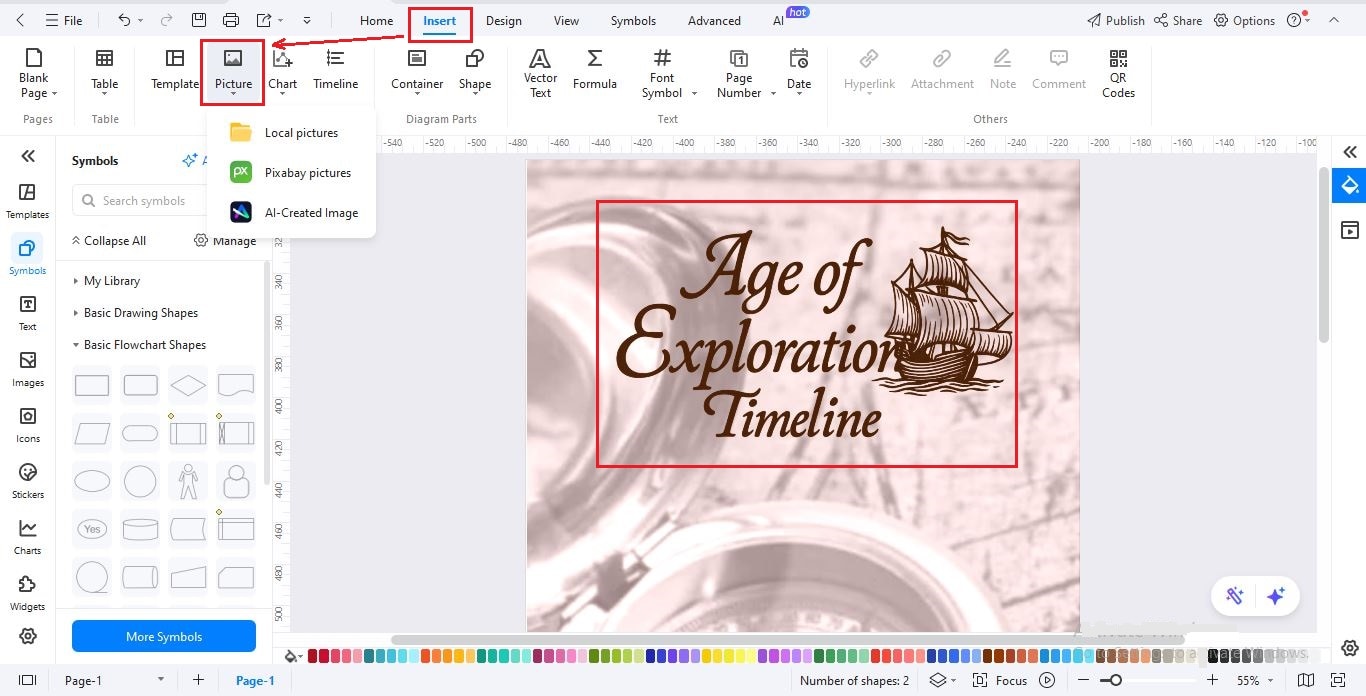
Step4Insert Timeline
- On the top toolbar, click Insert.
- Select Timeline, then scroll down and choose Vertical Timeline.
- Pick the 4th option (with space for images) and click OK.
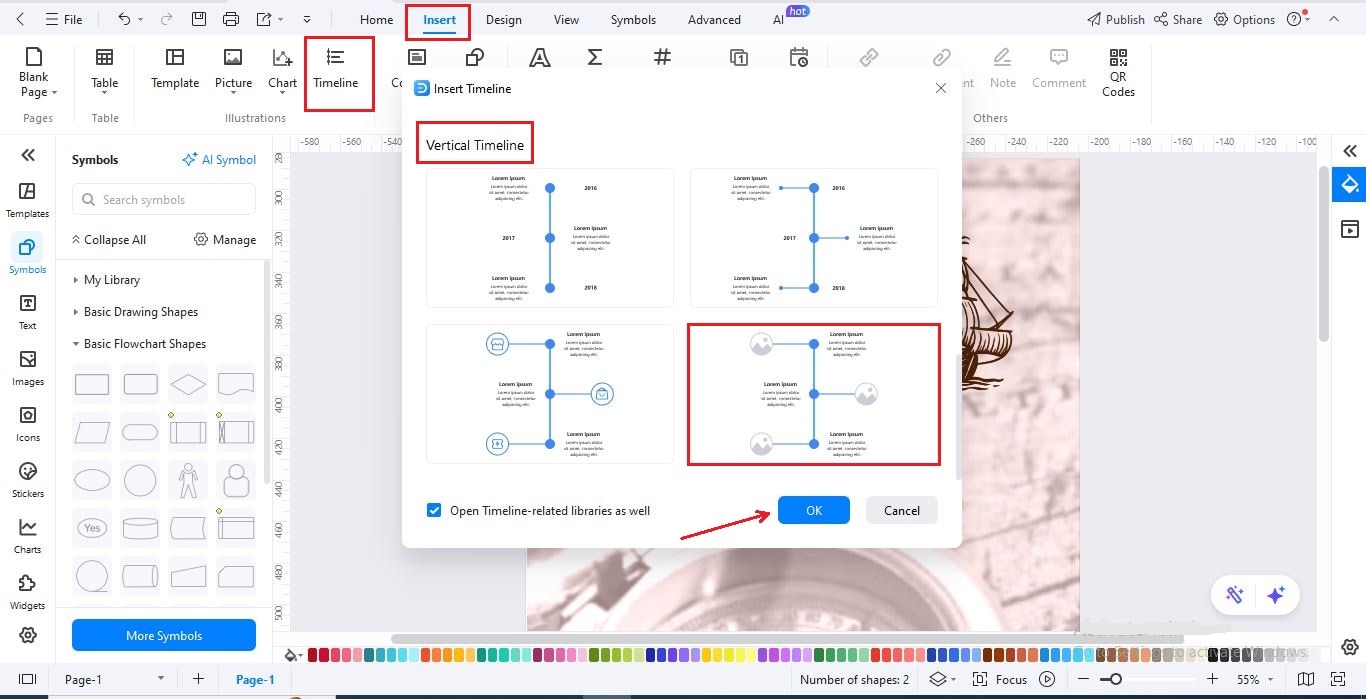
Step5Add Text to the Timeline
- From the left editing panel, click Text.
- Use Click to Add Subtitle to enter the first date related to the Age of Exploration.
- Then use Click to Add Body to write a key event or highlight for that date.
- Continue this process to add all important dates and events.
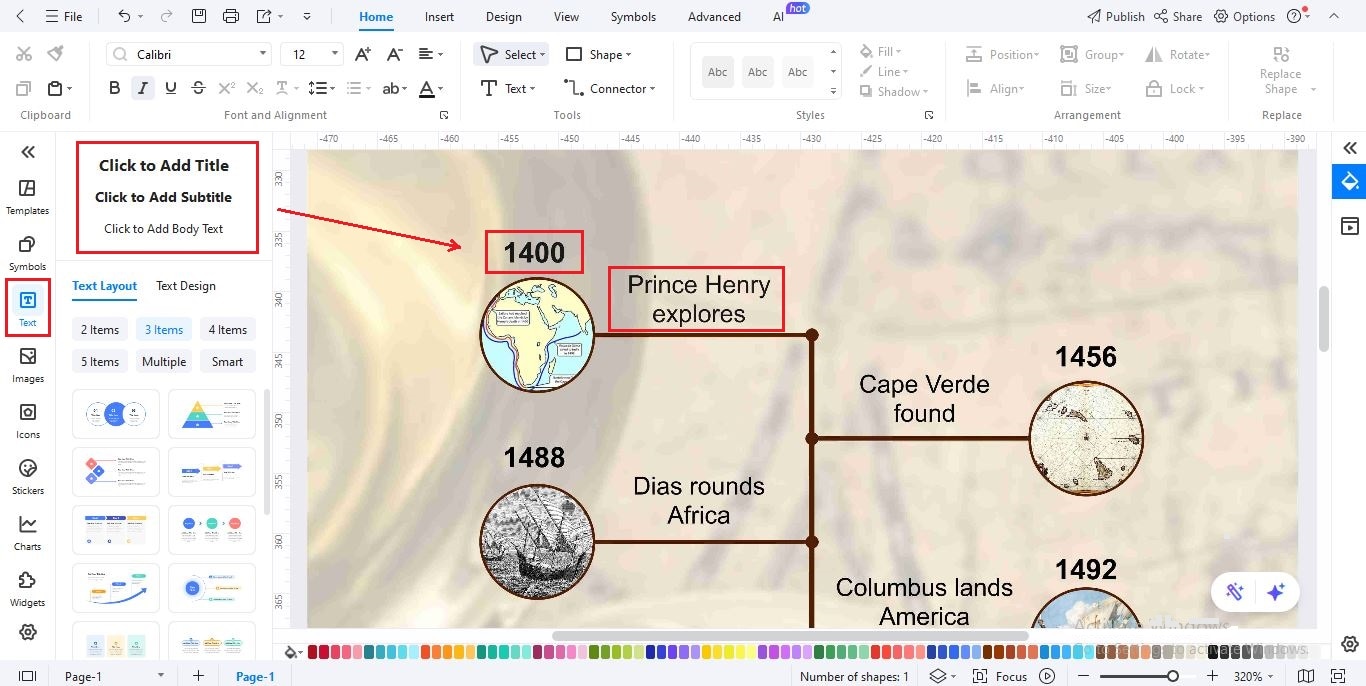
Step6Insert Thumbnail Images
- Insert small images for each event to make the timeline more engaging,
- Follow: Insert > Picture > Local Pictures to add thumbnails that match each historical moment (e.g., caravels, world maps, explorers’ portraits, navigational tools).
- If you want to change an image’s shape, select the thumbnail, then choose Crop to Shape from the customization panel and pick a style that fits.
- Repeat for all timeline entries.
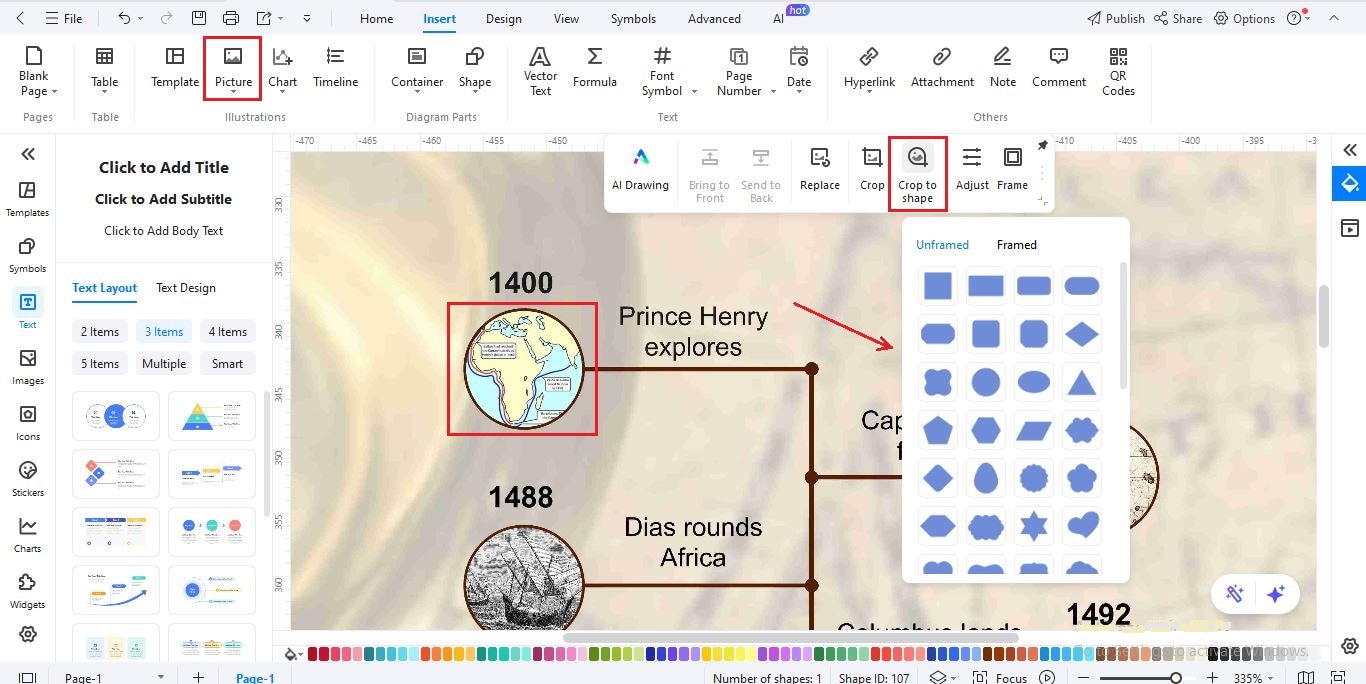
Step7Save, Share, Or Export File
- Once your timeline is complete, click File in the top-left corner and choose Save to keep your timeline editable.
- If you want to share it, click the Share button.
- Click Export to save it in other formats like JPG, PNG, PPT, PDF, and more.
- Click Publish If you’d like others to see your work in the EdrawMax community.
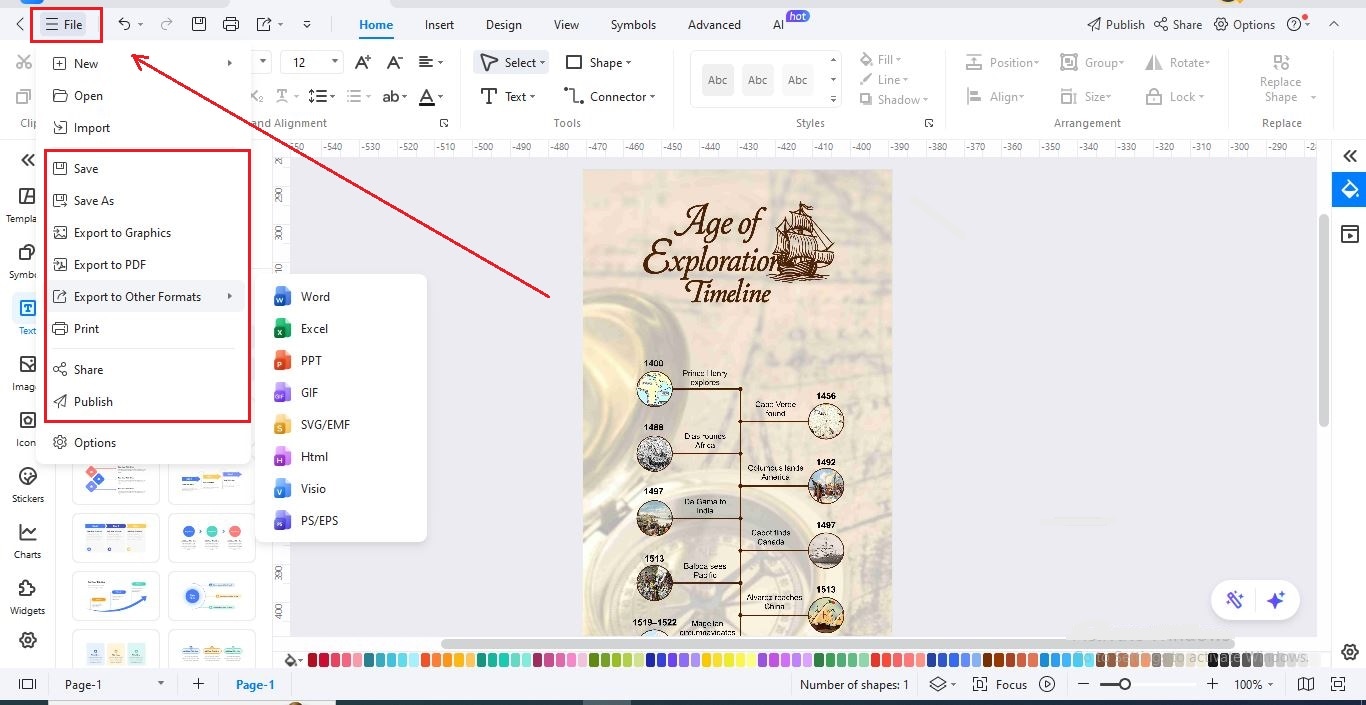
Closing Remarks
The Age of Exploration was full of courage. Explorers searched for new lands. They found sea routes and treasures. Maps changed, and the world felt smaller. Henry began the push to the seas. Tasman carried it further across the Pacific .But it was not all glory. Colonization followed. Slavery spread. Conflicts grew. Still, these journeys shaped the modern world.
If you want to see it all in order, try EdrawMax. It’s an online diagramming tool made for timelines. Simple to use. Fun to create. And perfect for bringing history to life.




